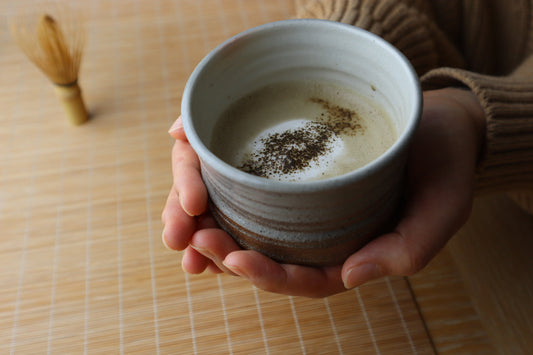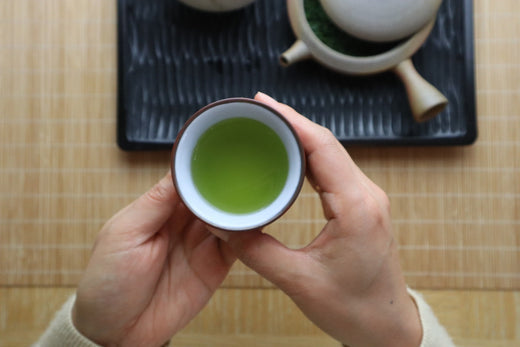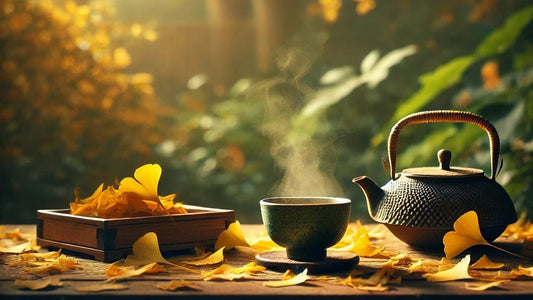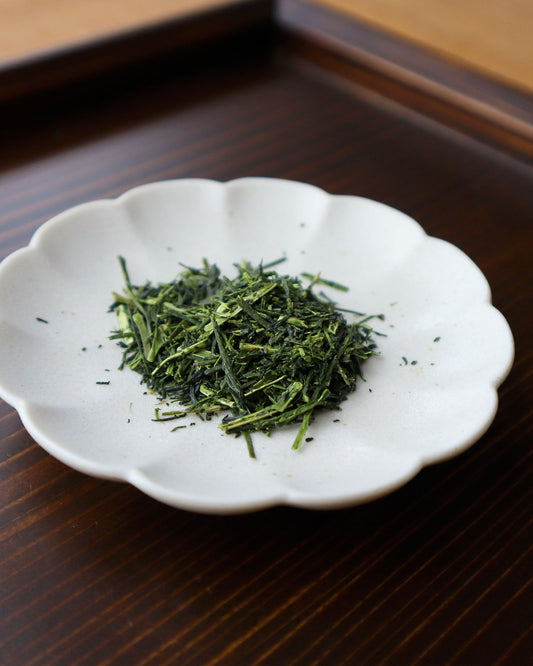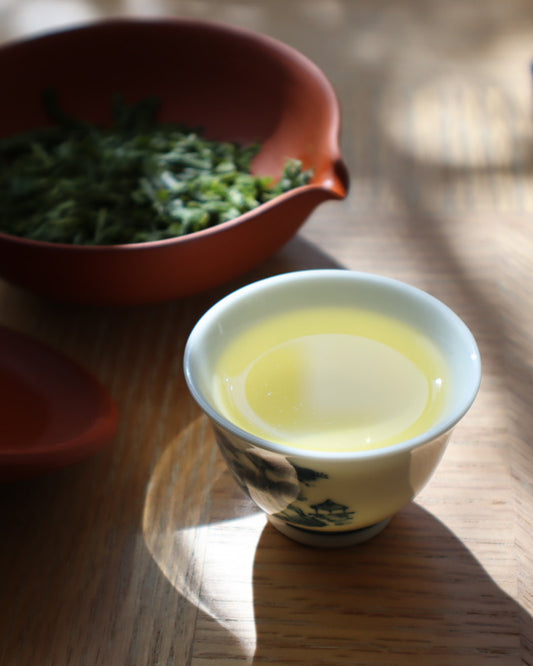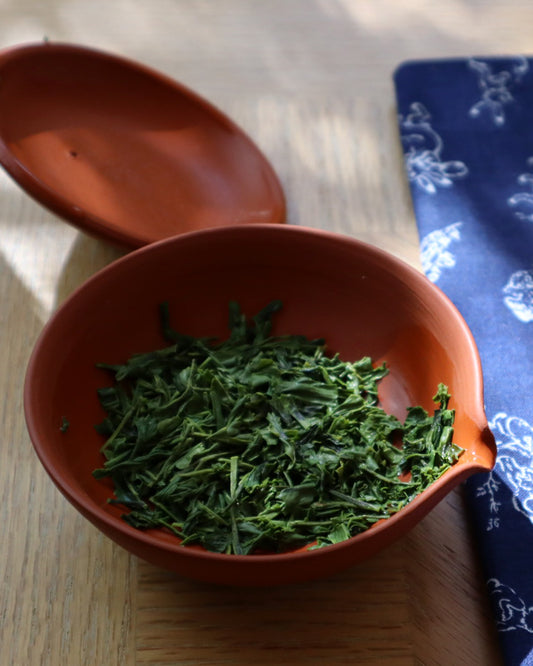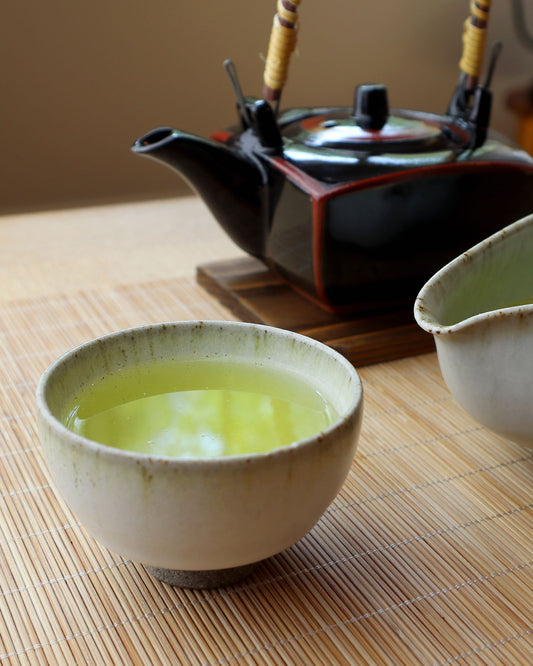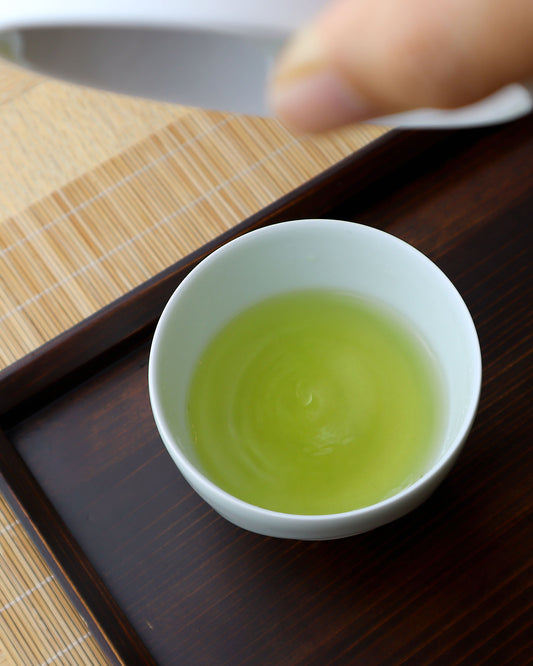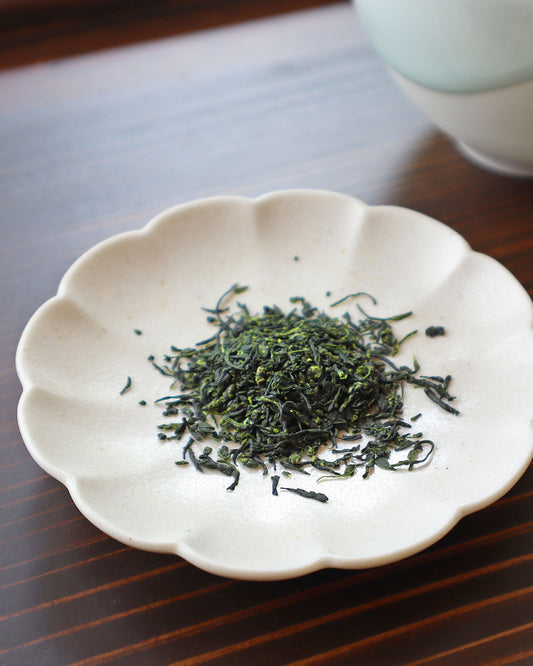During Oshogatsu (New Years) in Japan, there's a tradition of eating mochi cakes, and each region has it's own tradition. Today we'll talk about the tradition in Iwate, in northern Japan where snow blankets the mountains in winter.
Kurumi means walnut. Kurumi Mochi is a unique treat that uses sencha as a key component, along with the walnuts. Since Aya was born in Iwate, we thought we'd share this recipe with you!
Traditional Recipe

1. Grind a handful of walnuts in a mortar and pestle (traditionally in a suribachi)
2. Grind until the walnuts have become almost paste-like
3. Add a pinch of sugar and grind together (traditionally beet sugar)

4. Brew a small amount of sencha - we're using our Anma Black Label here!
5. Add sencha to the bowl a little at a time, mixing it as you go - you'll see that it starts to magically turn white!
6. Once the sauce has reached a consistency that is thin enough to be runny but thick enough to still be goopy, it's ready

7. Add just a few drops of soy sauce to taste, mix in - you may also add more sugar here, to taste, but make sure to grind it in

8. Now cook some mochi your favorite way - by boiling, grilling, or toasting - if not eating right away, drop your mochi into a bowl of hot water to keep them soft
9. Put mochi on your plate and cover in with the walnut sauce
Enjoy with the remaining tea!


